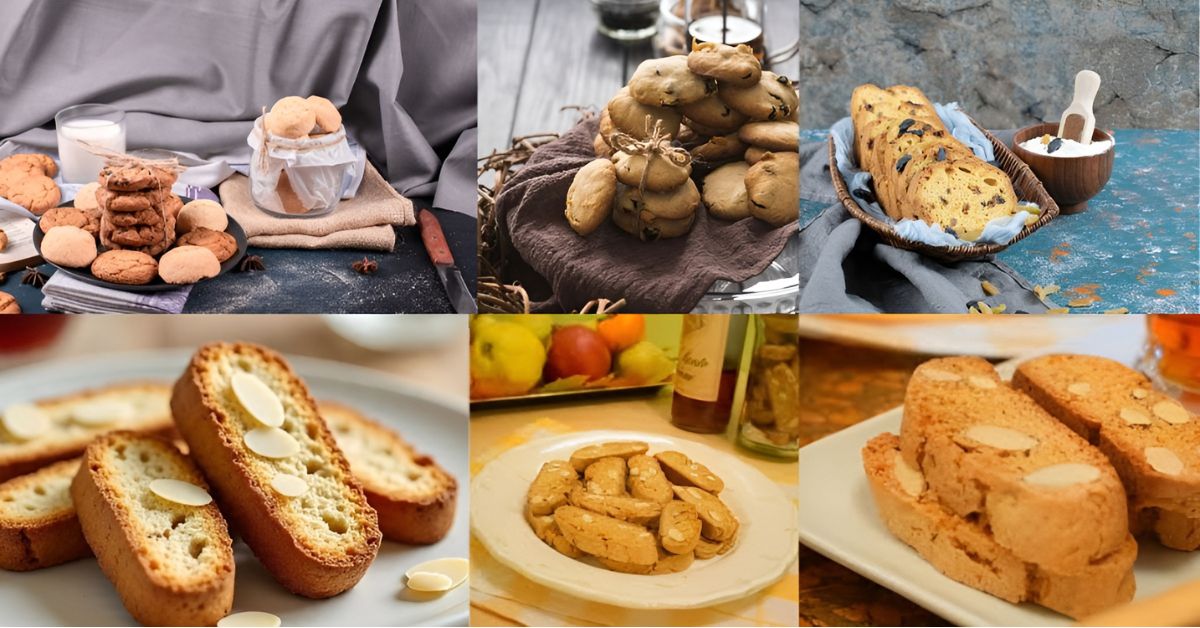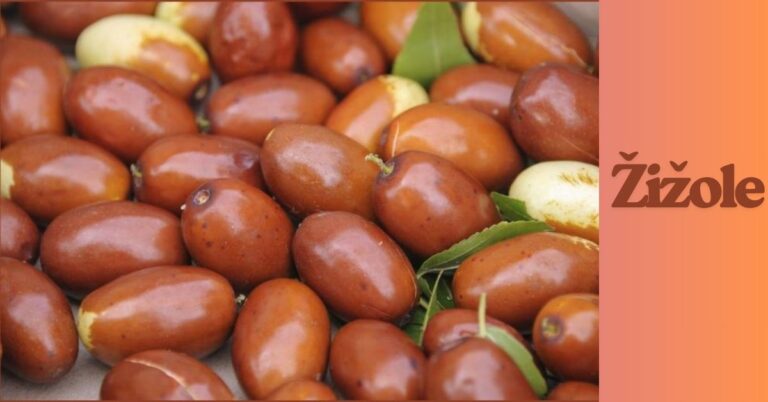The Timeless Charm бишкоти ди прато of Italy’s Beloved Biscotti

бишкoти ди прато, or biscotti as they are more widely called in English, are probably what you were eating when you dipped a crispy cookie into your espresso or vin santo in an Italian café. The catch is that бишкоти ди прато is a taste of Tuscany’s culinary past, not just any cookie. These almond cakes, named for the Tuscan city of Prato, have been delighting palates for ages.
In Italy, the term “biscotti” refers exclusively to this traditional dessert, but it is frequently misinterpreted as a general term for any hard cookie. The name is a transliterated or localised spelling that was probably inspired by Central Asian or Slavic phonetic pronunciation. However it is spelt, its legacy is distinctly Italian.
The origins, baking method, cultural importance, variations, and even some contemporary twists of бишкoти ди прато will all be covered in this article. This in-depth analysis will help you understand why this simple cookie is still a favourite around the world, regardless of whether you’re a foodie, baker, or simply a lover of sweet customs.
The Origins: A Taste of Tuscan History
We must travel back to mediaeval Italy, where these biscotti initially gained popularity, in order to comprehend бишкoти ди прато. The original recipe was created in the heart of Tuscany in the city of Prato in the fourteenth century. It was created for preservation as well as taste.
In the past, travellers and warriors required food that would last. Goods that were twice-baked were ideal because they were hard, dry, and could be stored for weeks without going bad. Biscotti originated as a result. They were perfect for dunking because of their firm texture, which is still the customary manner to eat them.
Pastry chef Antonio Mattei published the first printed recipe for бишкoти ди прато in the 18th century, and his version is still the most famous. His straightforward yet sophisticated concoction of flour, sugar, eggs, pine nuts, and whole almonds served as the model for all subsequent iterations.
The Art of Making Bishkoti: Why the Twice-Bake?
It’s no coincidence that the word “biscotti” literally means “twice baked.” The characteristic crunch and extended shelf life of бишкoти ди прато are attributed to this unique two-step baking technique.
First, the dough is formed into a log and cooked until it solidifies. To get that golden, dry finish, it is then sliced diagonally and baked once more after cooling slightly. The end product is a firm-biting, crispy biscuit that is satisfyingly sturdy without being crumbly or mushy.
Traditional бишкоти ди прато adheres to the original recipe, which calls for only pure, basic ingredients and no fat or yeast, although contemporary versions could include butter, oil, or leavening agents. This keeps it original and brings out the flavours of the toasted wheat and roasted almonds.
The magic lies in the balance — not too sweet, not too hard, and with just the right amount of almond nuttiness to complement a hot beverage or dessert wine.
A Symbol of Italian Culinary Identity
Bishkoti di Prato serves as a cultural ambassador in addition to being a cookie. It is proudly served across Tuscany and beyond, particularly in residences and pastry shops that uphold long-standing customs.
It is frequently served with vin santo, a sweet dessert wine, in Italy. When the wine is poured over the biscotti, it softens it and releases a flood of nutty, rich flavours. Particularly after meals or on important occasions, this pairing has become customary.
Additionally, certain areas have granted the cookie protected status, acknowledging it as a component of Italy’s rich culinary legacy. Prato’s bakeries continue to preserve their traditional recipes, which have been handed down through the generations like family heirlooms. This profound regard for craftsmanship is what sustains бишкoти ди прато’s vitality and genuineness.
Global Journey: How бишкоти ди прато Won the World
From its modest origins in Prato, this crunchy biscuit has already spread around the world. It is simply known as “biscotti” in English-speaking nations, and you frequently see it in grocery aisles, gift baskets, and cafés.
During the coffee boom of the 1990s, biscotti gained popularity, especially in the United States. Because of its fit with espresso culture, it became a mainstay in coffee shops like Starbucks, where it gained new customers who valued its crunch and adaptability.
Nevertheless, a lot of commercial versions differ greatly from the original. They are frequently softer, excessively sugary, or loaded with icing, chocolate chips, or cranberries. These variations, though delicious on their own, deviate from the classic бишкoти ди прато, which thrives on elegance and simplicity.
That said, this international evolution reflects the cookie’s adaptability. It can be high-end, artisanal, or comfortingly commercial — but it never loses its essence as a twice-baked delight.
Modern Variations: Reinventing Tradition
While purists may stick to the classic almond recipe, the world of biscotti has exploded with creativity. And thankfully, бишкоти ди прато lends itself well to innovation.
Some bakers swap almonds for pistachios or hazelnuts, adding layers of flavor and color. Others add spices like anise, cinnamon, or citrus zest for an aromatic twist. For the more indulgent crowd, chocolate-dipped ends or cocoa-infused dough offer a modern edge.
Vegan and gluten-free versions have also made their mark, using plant-based ingredients without sacrificing crunch. These adaptations have opened the door for more people to enjoy this classic treat without dietary restrictions getting in the way.
But even in its modernized forms, the heart of бишкоти ди прато remains the same: twice-baked, sturdy, and made for dipping.
Baking Bishkoti at Home: A Simple Pleasure
One of the best things about бишкоти ди прато is how accessible it is to home bakers. You don’t need fancy tools or hard-to-find ingredients — just a mixing bowl, an oven, and a bit of patience.
Here’s a simplified traditional recipe:
Ingredients:
- 2 cups all-purpose flour
- 3/4 cup sugar
- 2 large eggs
- 1 tsp vanilla extract
- 1 cup whole almonds (toasted)
- A pinch of salt
Steps:
- Preheat oven to 350°F (175°C).
- Mix eggs, sugar, and vanilla until smooth.
- Stir in flour and salt to form a sticky dough.
- Add almonds and shape into a log.
- Bake for 25–30 minutes, cool slightly, then slice diagonally.
- Return slices to the oven for another 10–15 minutes, flipping once.
Voila! You now have a batch of authentic бишкоти ди прато, perfect for sharing — or keeping all to yourself with a strong coffee.
Bishkoti in Popular Culture and Holidays
Although biscotti isn’t a holiday-specific dessert in Italy, it does appear more frequently during festive seasons. Consider Sunday family lunches, weddings, Easter, and Christmas; there’s always space on the table for a platter of Bishkoti di Prato.
It has also become part of culinary pop culture in recent years, showing up in high-end food journals, gourmet gift baskets, and cookery shows. Its delightful crunch and rustic beauty appeal to everyone.
Baking biscotti is even considered a bonding activity by some contemporary Italian families. The tradition, drenched in wine and steeped in love, continues as moms pass recipes on to daughters, grandparents instruct grandchildren, and so on.
Final Thoughts: Why бишкоти ди прато is More Than Just a Cookie
In a world full of sugar-filled snacks and overly sophisticated desserts, бишкoти ди прато stands out for its soul, simplicity, and history. It’s more than just a pleasure; it’s a representation of Italian tradition, a link between the past and present, and evidence of the strength of well-prepared, honest ingredients.
Remember this the next time you see a biscotti in a café: it’s more than just a crunchy cookie. You’re sampling centuries’ worth of Tuscan cooking. Whether you refer to it as бишкоти ди прато or biscotti, one thing is certain: it’s a classic treat that should be in every kitchen.
FAQs About бишкоти ди прато
1. What is бишкоти ди прато?
бишкоти ди прато is a traditional Italian twice-baked almond cookie from the town of Prato in Tuscany, known for its crunchy texture.
2. How is бишкоти ди прато different from regular biscotti?
бишкоти ди прато is the original Tuscan version, typically made without butter or oil, giving it a lighter yet crunchier texture than many modern biscotti recipes.
3. How do you eat бишкоти ди прато?
Traditionally, it’s enjoyed by dipping into Vin Santo, an Italian dessert wine, but it can also be paired with coffee, tea, or hot chocolate.
4. How long do бишкоти ди прато last?
Because they’re dry and crunchy, they can last several weeks when stored in an airtight container.
5. Can I make бишкоти ди прато without almonds?
Yes. While almonds are traditional, you can substitute other nuts like hazelnuts or pistachios for a different flavor.





